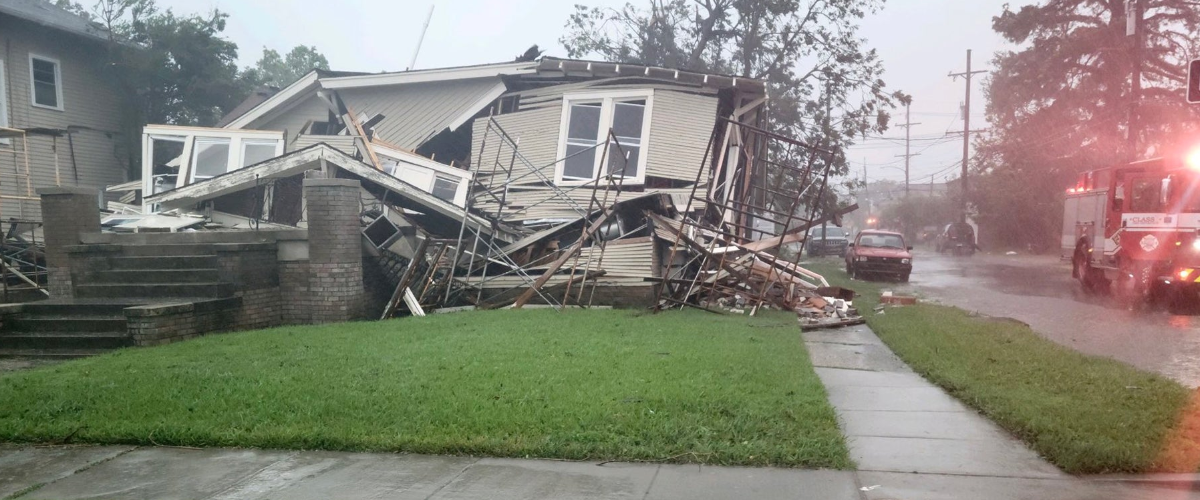Disaster is striking the land of New Orleans, Louisiana as Hurricane Ida touches land and destroys the local infrastructure. Power is out, homes are flooded, and people are being forces into attics and high ground shelters.
Let’s begin with a moment of respect. We sympathize with anyone experiencing troubles at the hand of the recent natural disaster. No one should have to experience things like this. But they do happen, and we want to be prepared when they do. None of this article is intended to criticize the people in danger, merely using their situation as context to provide some valuable insight and information. With any hope, we can prevent others from experiencing the worst.
What’s Happening in New Orleans
Recently, a major stormed dubbed Hurricane Ida touched land on the east coast of the United States. Recently, it reached the city of New Orleans, where it’s wrought some of the greatest damage the area has ever seen. It can be broken down into three major problems: flooding, destruction, and power outage.
Many areas are experiencing some severe flooding. This is partially due to the overtopping of the levee in lower Jefferson Parish, sending large scale waters toward the Jean Lafitte, Barataria and Lafitte. The heavy rain of the storm is bringing higher waters all over, as well. The levee was only meant to handle 7.5 feet of floodwaters, which capped out and overtopped after a point.
The flooding, combined with extremely powerful winds and heavy rainfall, is causing severe damage to buildings, structures, and more. Local schools are being destroyed by flood waters, while entire rooftops are being torn from homes by the strong winds.
The only bridge that leads into Barataria was destroyed by an out of control water vessel. This had introduces some complications when trying to deploy rescue efforts to the area. There’s at least one confirmed death, reportedly from a fallen tree.
There are also countless locations experiencing a loss of water pressure, as the clean water system experiences damage from the storm. This leaves many homes without clean drinking water.
Over one million individuals are reportedly going without power, as well. This is due to heavy damage to the city’s electrical transformers. According to local energy provider Entergy, this is every single account in the area, which isn’t representative of the total number of people affected by the outage. They later confirmed that all eight transformers that supplied power to the city is damaged and they do not expect restoration immediately.
I could go on and on about the damage caused in the last 24 hours. It’s terrible.
If you want to help the rescue effort, you can donate or volunteer to the NOLA Ready program, the official New Orleans disaster relief program.
Ways We Can Be Prepared
Let’s look at this strategically. Flooding, Storm damage, lack of power, and lack of clean water are the primary problems here. So what can we do to offset or prevent these as well as we can.
Flooding
We wrote about how to reduce flood damage in your home. You can read more about that here.
Damage
While there’s no stopping a storm from ripping your roof off, there are still things you can do in preparation for things like a hurricane. This includes boarding windows. We wrote about this idea in detail here.
Power Outages
The traditional answer here is to use a gas-fueled generator. This can provide emergency power for as long as you have gas. For a more improvised approach, you can build your own power system from car batteries. Otherwise, we also have some advice for cooking food without power.
No Clean Water
This is a harsh one, if hit with unexpectedly. It’s usually a good idea to keep fresh clean water stored away, just make sure you’re storing it correctly. Otherwise, be sure to read up about rainwater before trying to drink it. It might not be as safe as you think.
Good luck, everyone. We wish you safety.

